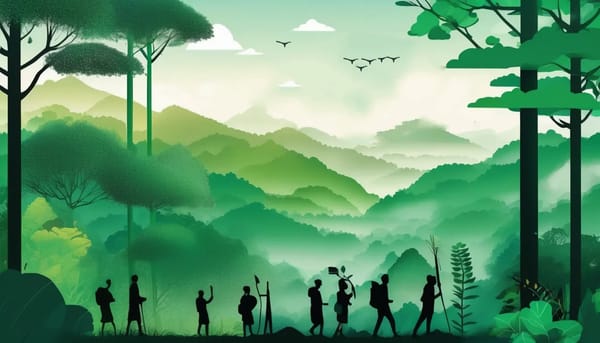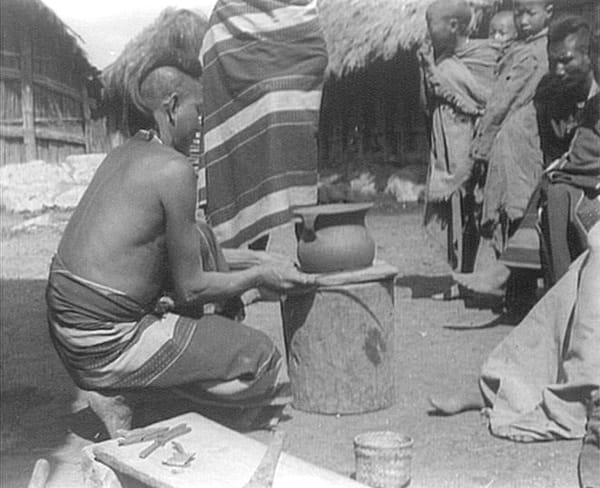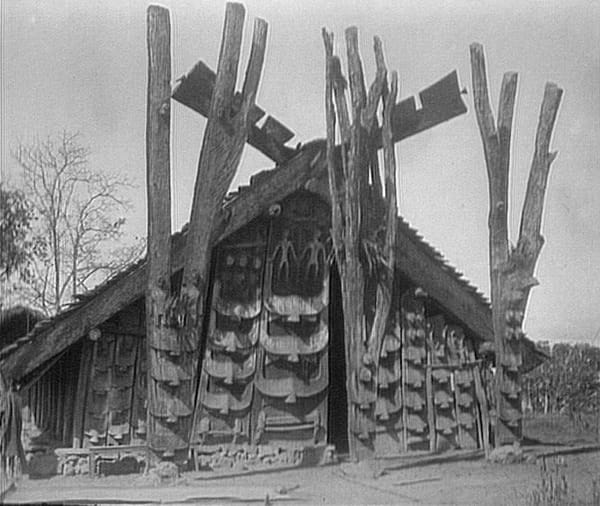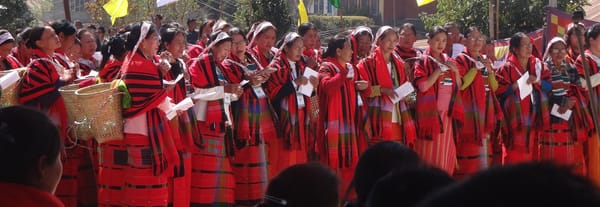Rungsung Suisa: The Unsung Naga Leader
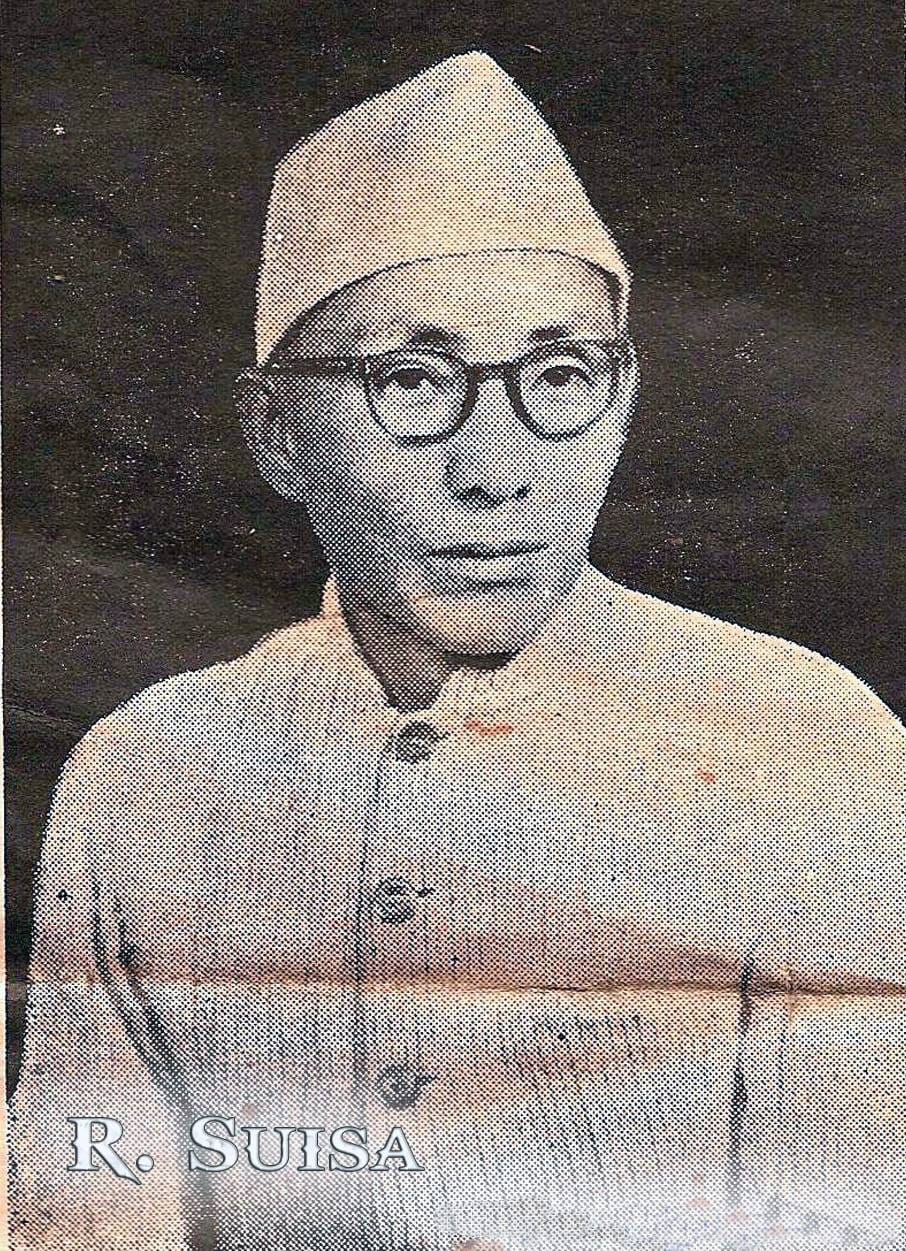
In short, Mr. R. Suisa biography can be described as- teacher, missionary, politician, revolutionary, thinker and settled down as vegetable vendor in Dimapur town [Nagaland]. In other words, R. Suisa is a Pastor, MLA, MP [Lok Sabha], Naga revolutionary [underground], later resigned from NNC and ventured to put up his proposal of India-Naga issue as Naga well-wisher. Mr. Suisa was born in Somdal Village, western side of Ukhrul district [Tangkhul Nagas region] of Manipur in 1907. Passed Matriculation Examination from Jorhat Christian High School, Assam under the Calcutta University which, during that period covered the present North Eastern region and Bangladesh [then East Bengal], and topped the University of the year.
In the mid 1940s, Naga leaders like Mr. Rungsung Suisa from Ukhrul region, Mr. Athiko Daiho of Mao, and Mr. Teba Kilong from Tamenglong strongly advocated for the Naga integration of Naga areas of Manipur with Naga hills of Assam province [Nagaland].
R. Suisa beliefs that consolidation of all Naga people under one political unit is one important agenda in Naga political struggle. He ridiculous the Naga National Council’s [NNC] demand for complete sovereignty. In the 1960s, Mr. Rungsung Suisa initiated that “Nagaland and India form a federation” or “Link or Relationship” to solve the Indo-Naga dispute but the proposal was totally rejected as the NNC stick to Naga sovereignty.
Indeed, the ongoing Naga political talks, Nagas are willing to explore, an “appropriate federal relationship” with India, governed by the agreement in such a way that it cannot be changed unilaterally in the future by either side. At the same time, Naga civil society organisations’ demand for the Naga integration now play significant role in region’s politics. Either Naga integration or federal relationship talking now is already envisaged and proposed by R. Suisa. Rejected agenda during his time now become relevant in the contemporary Naga politics. Today, R. Suisa’s idea rejected as unworkable is one of the important agenda in Naga peace talks.
R. Suisa began his multi-career as missionary at Pudunamei Baptist Church, Mao [Manipur]. In 1946, the President Manipur State Darbar [PMSD] nominated him as a member of Manipur’s Constitution Making Committee [CMC]. In the process, R. Suisa and other hill leaders [tribal] demanded that the hill areas should be allowed to secede from Manipur Kingdom after five years if they desired. The hill representatives of CMC declared as: “The Principal of equality and freedom as applied to all without distinction of caste, creed and race shall include the right of any section of the Hill Peoples to secede at the end of the five years period should condition within the Constitution not be satisfactory.”
The first general election in Manipur was held on 1948. Mr. PC Deb, the Returning Officer of Manipur declared R. Suisa elected uncontested to the Manipur State Assembly from No. 7, Talloi Hill vide notification dated June 1948 [Manipur State Gazette June 30, 1948 Part III]. He then served in that competence till the Assembly was dissolved just after the Manipur Merger Agreement with the Union of India.
He became an MP in the second Lok-Sabha on Congress ticket from Manipur Outer Constituency [1957-1962] and was fitted in various Committees of the Parliament. He was later directly involved in Naga politics by serving as Assistant to vice-President, Naga National Council from 1964-1966.
Journalist Harish Chandola comments [“Mr. Suisa As I Know,” in Legacy of R. Suisa, 1976] as: “But his first concern was to unite his own Naga people whose land had been divided by the British colonial power arbitrarily.”
The foremost alternative proposal of Naga problem was propounded by Mr. R. Suisa however, the NNC rejected such move. Mr. Suisa informs Mr. Zapu Phizo, President of NNC that the Prime Minister Indira Gandhi was ready to settle the Naga issue and place his proposed resolution. Instead of taking rational thought to the proposal, the NNC warned him with dire consequences if he persisted with his effort. At the time, the struggle is nothing less than complete independence.
R. Suisa’s proposal in short, was to have a Link or Relationship between India and Nagalim. The brief abstract of the proposal includes:
1. that Nagaland and India form a federation.
2. Nagaland and India will have a pact on defence, foreign affairs and communication.
3. some subjects of common concern to be selected if required.
4. except for the above mentioned subjects, “In all matters of her own affairs and self-concern, Nagaland will be sovereign.”
R. Suisa who envisages ahead of his time and his in-depth understanding of Naga issue is pragmatic and logical politics. R. Suisa opposed the NNC’s propaganda “Nothing short of complete independence; Nothing to do with India” and he term as “meaningless political cry.” He further denounced “go on fighting, something will be coming from outside to the aid of solution of our problem.” He considered Naga people alone have to find out the solution. However, R. Suisa became unwelcome person at Chedema [peace camp]. In his later age, he landed up as vegetable vendor and buried at Kala Kaphung [Mound of Mirror] at Hongman village, Senapti district [far away from his native village]. His life itself is “political statement.” To remarks, Suisa lived for his beliefs.
Source: http://yanyin10.blogspot.in/2011/07/r-suisa-unsung-naga-leader.html


